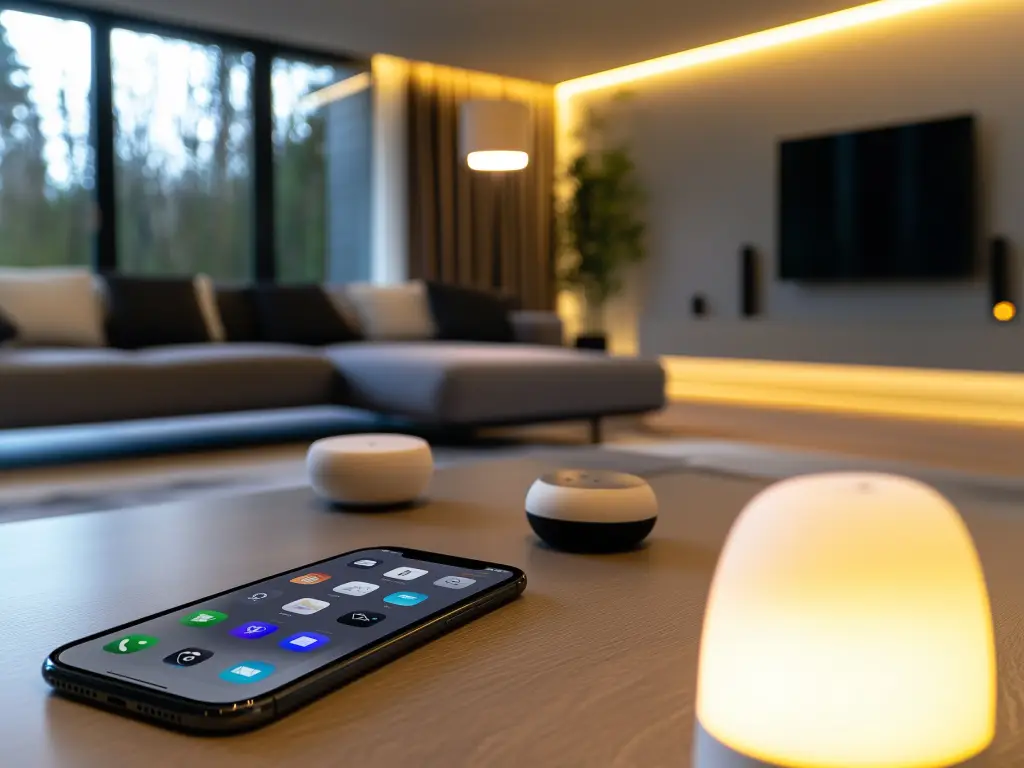Apple Home: the control interface
Apple Home, simply referred to as Home, is the native app available on every iPhone, iPad, and Mac.
It is the main entry point for users to manage their smart devices. This app allows you to add, organize, and control connected home devices such as lights, cameras, locks, thermostats, and more.
What Apple Home does:
- Device Control: The app enables you to manage all of your HomeKit-compatible devices from one centralized interface. Through Apple Home, you can create automations or "scenes" to simplify everyday tasks.
- Customization: Users can customize the interface to their liking, organize devices by room, group them, and even set custom backgrounds for the app.
- Siri Voice Control: Apple Home is integrated with Siri, allowing users to control their devices using voice commands. This interaction happens directly through the Home app but utilizes HomeKit’s underlying technology.
HomeKit: the technology that connects devices
HomeKit, on the other hand, is the underlying technology that allows compatible devices to communicate with each other.
It ensures that all devices follow strict security and compatibility guidelines to integrate seamlessly with Apple’s ecosystem.
When a new device is added through the Home app, HomeKit is responsible for ensuring its proper connection.
What HomeKit does:
- Compatibility: HomeKit enforces strict standards for device manufacturers to ensure their products are secure and work smoothly with other Apple-compatible devices.
- Advanced Features: HomeKit enables users to create advanced automations (e.g., turning on lights when motion is detected) and share access to their smart home setup with family members.
- Interoperability: HomeKit supports interoperability (the ability for different systems and devices, even from different brands, to work together seamlessly) with newer standards like Thread and Matter, making it easier for devices from different ecosystems to communicate.
Why this distinction matters ?
For Apple smart home users, understanding this distinction is crucial.
Apple Home is the app you use to control your devices, while HomeKit is the technology that connects and integrates them.
For instance, a user can have the Home app installed, but if they buy devices that are not HomeKit-compatible, those devices won’t be recognized or controllable within the app.
Moreover, HomeKit provides several key features that the Home app alone can’t offer, such as integration with Thread and Matter protocols, which ensure greater compatibility with other smart home ecosystems (such as Alexa or Google Home).

